
New Zealand Fernbird
Poodytes punctatus
Also known as: Matata


Poodytes punctatus
Also known as: Matata

The New Zealand fernbird, or Kōtātā, is a secretive native bird that's more often heard than seen. About the size of a sparrow, this elusive creature has adapted perfectly to life in dense, low vegetation. With its long tail and mottled brown plumage, the fernbird is a master of camouflage in New Zealand's wetlands and shrublands.
1. Long, loose-feathered tail that appears tattered and is often held upright
2. Streaked brown plumage with a pale eyebrow stripe and chestnut cap
3. Skulking behaviour, moving low through dense vegetation rather than flying
Fernbirds are ground-nesters, building woven cup-shaped nests close to the ground in dense vegetation. They breed from September to February, with both parents caring for the young. These prefer to hop and climb through vegetation as they have poor flying skills. Habitat loss due to wetland drainage and predation by introduced mammals are significant threats to their population.
Look for Fernbirds in wetlands, dense scrublands, and tussock grassland. They are not found in the southern North Island with the exception of Canterbury and Waikanae Estuary but are otherwise found throughout New Zealand. They're most active during early morning and late evening. Focus your search low to the ground in areas with thick vegetation cover. Listen for their distinctive call – a repeated "u-tick" duet between pairs. Tip: Be patient and still; Fernbirds are curious and may emerge to investigate quiet observers.
The Kōtātā has been part of New Zealand's ecosystems for centuries. In Māori culture, the bird's well-woven nest inspired the phrase "te whare o te mātātā" (a fernbird's house), used to describe intricately woven flax capes. Once common across the country, fernbirds now serve as indicators of wetland health.
18 cm
35 g

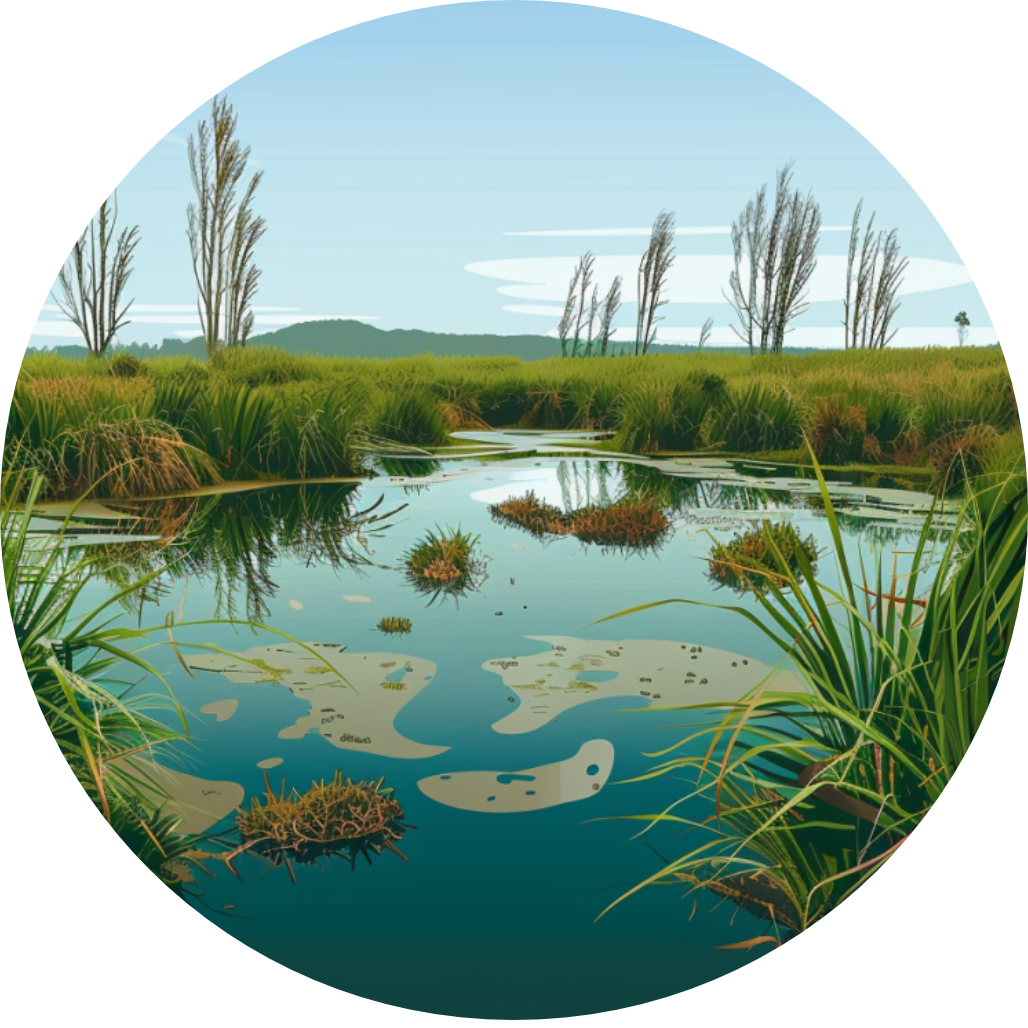
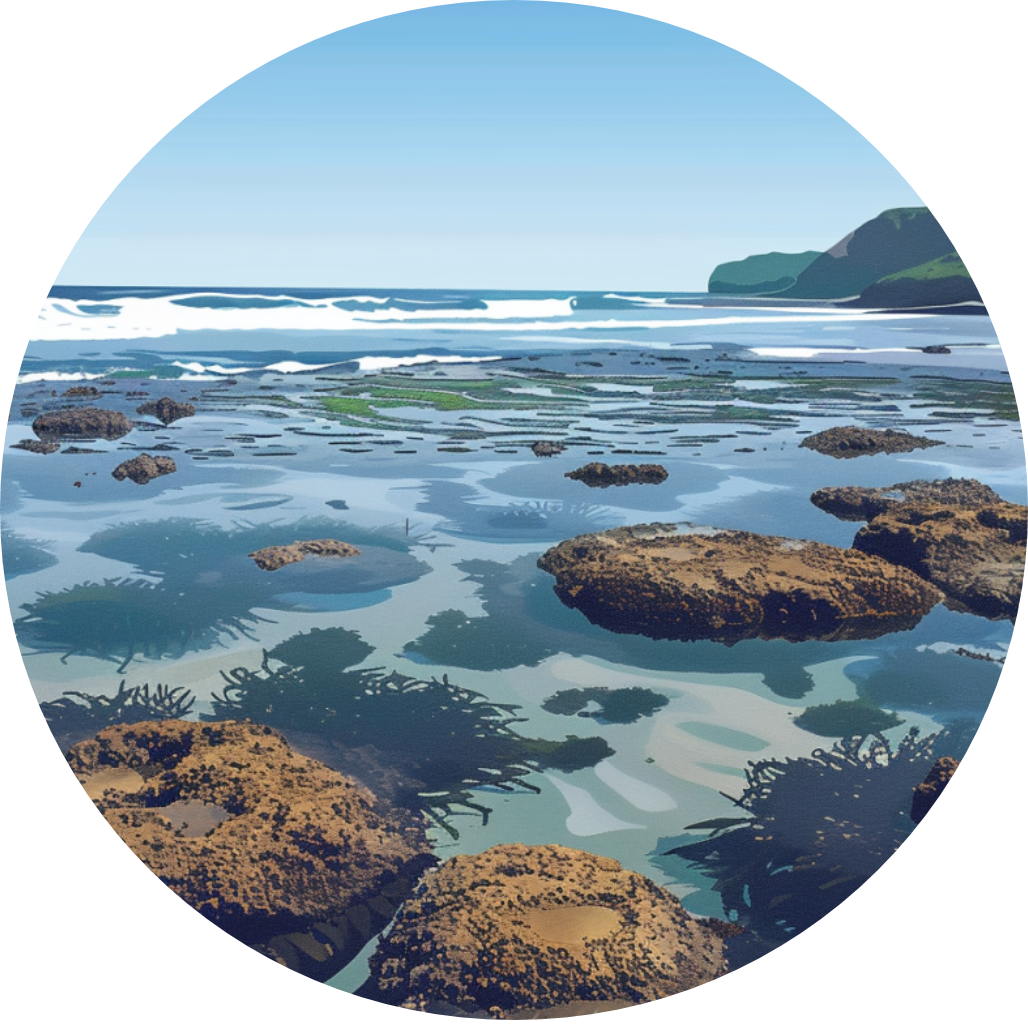

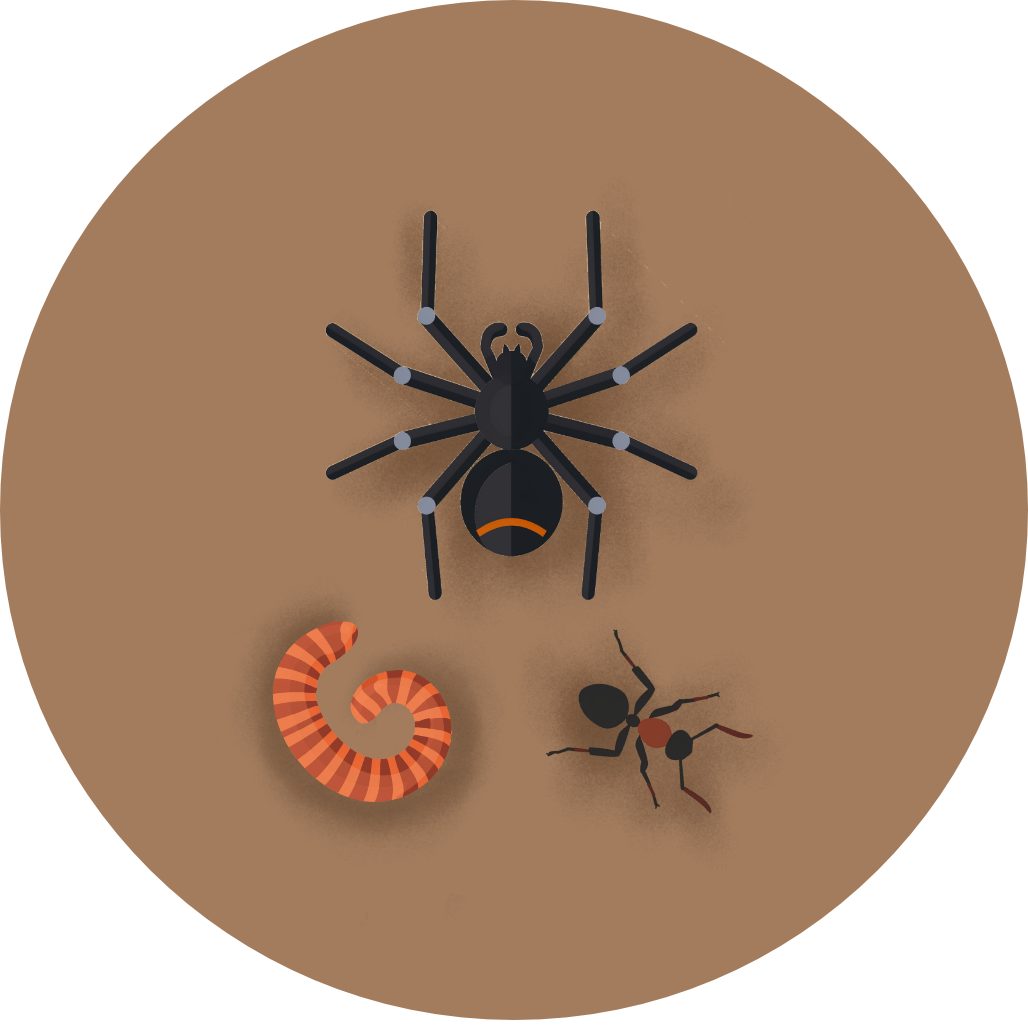
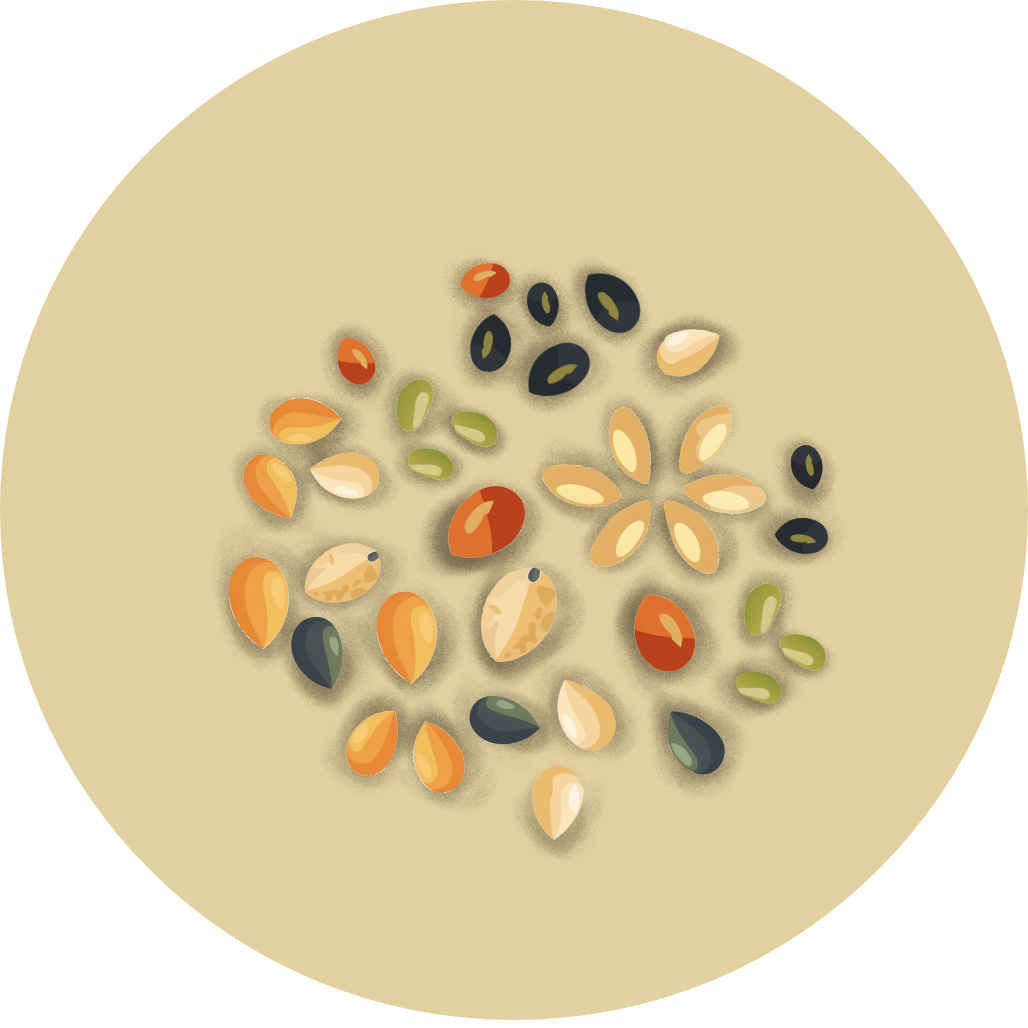
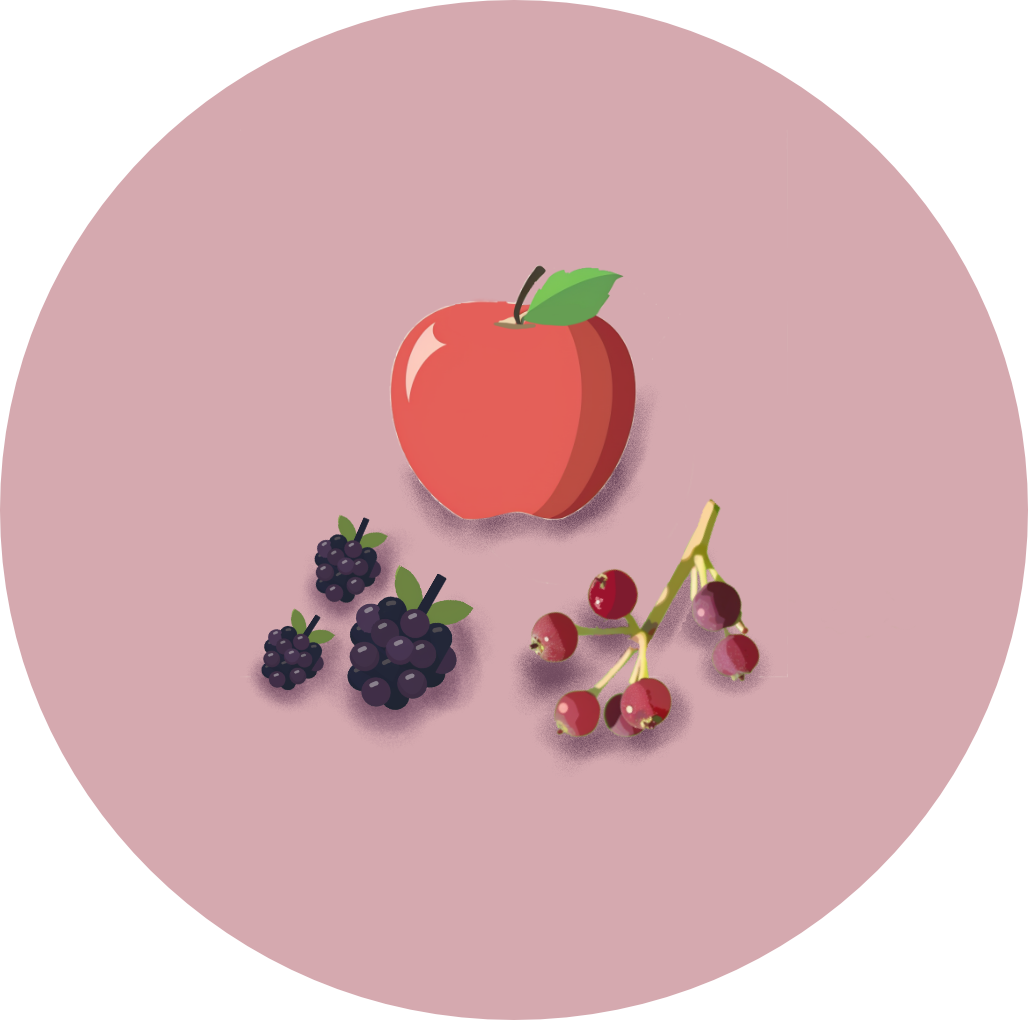
Coming Soon!
Top birding locations will be available in a future update.